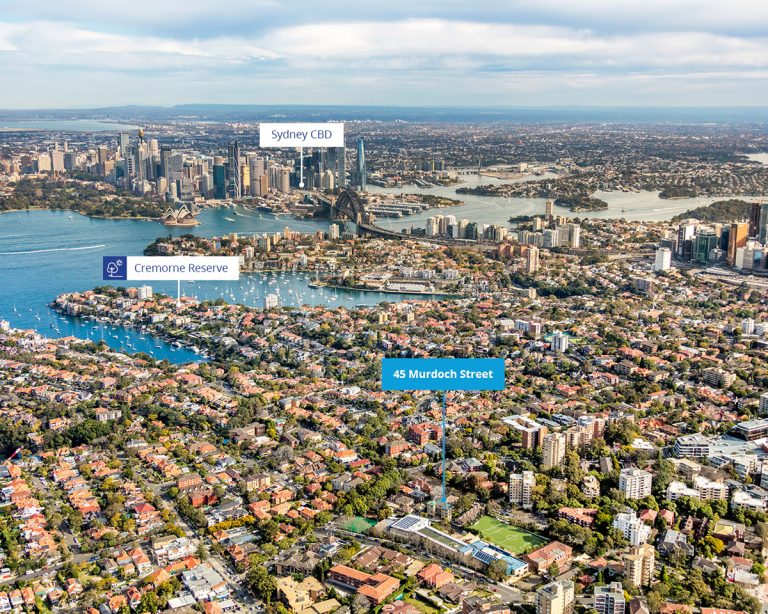With this increase in unit dwellings during the recent property boom, more strata schemes are being registered with an increased level of building defect issues which Owners Corporations are left to deal with, especially in the initial years. The Home Building Act 1989 and building legislation amendments have made the definition of major defects in a building clearer which provide a simpler process for Owners Corporations to remedy building defects.
Major v Minor Defects
Under the Building Act, a contractor is responsible for building defects following the occupation of a strata scheme building in the following two categories:
- Major Defects – for 6 years from occupation of the building; and
- Minor Defects – for 2 years from the occupation of the building.
Note that the defects periods are measured from when the building is initially occupied. This is deemed to be when a strata scheme is given the occupation certificate allowing residents to move into the units.
Major defects – these are determined by a two-step test:
Is the defect a major element of the building? i.e. a fire safety system, waterproofing, walls, floors, foundations, columns, floors or beams etc; and Will the defect cause part or all of the building to be uninhabitable or unable to be used for its intended purpose or will it cause part or all of the building to collapse?
Minor defects – these are any other defects that arise after occupation, other than fair wear and tear.
What must Owners Corporations do? Defects must be raised with the builder as soon as they become known. Fair Trading NSW recommends keeping all correspondence in writing whilst trying to come to an agreement, initially with the builder, before escalating defects issues. It is also strongly recommended that in order to identify all defects, an expert is engaged to undertake inspections of the building(s) every 12 months from occupation. This ensures that no defects go undetected or are wrongly classified in terms of their seriousness. If you are involved in an Owners Corporation, asking the builder for a maintenance schedule on completion of the building may also help to prevent such defects. Sinking funds are also important for new buildings. There may be issues that fall outside the scope or time period of a defect claim, so having enough money in the sinking fund to rectify such issues is vital.
What if you cannot come to an agreement to remedy the defects with the builder?
If a builder or contractor refuses to remedy a defect or disagrees with the classification of the defect, then you may apply to Fair Trading to have it assist with resolving the dispute. Fair Trading may issue a Rectification Order to the builder that will require the defect(s) to be rectified or completed and outline time frames for the rectification to be completed. If the builder disputes the Rectification Order then you may apply to the NSW Civil and Administrative Tribunal (NCAT) to have the dispute heard. NCAT has the jurisdiction to hear building defects matters that have a quantum of damages up to $500,000.00. You cannot have legal representation at the Tribunal unless leave is granted and/or the respondent agrees to have legal representation present at the Tribunal. If your matter is in excess of $500,000.00, then you may apply to the District Court of NSW for a hearing, or if in excess of $750,000.00, the Supreme Court of NSW. Contact one of our Property Lawyers if you require any assista




